When Cindy Wieringa and I wrote On Air back in the late 1990s, we were tired of reading about radio as a ‘blind medium,’ which made it seem defective, disabled and impaired, like there was something inherently lacking with it. That wasn’t our experience. For me as an avid radio listener and Cindy as a broadcast journalist working in radio, the medium was powerful, magical even, ubiquitous, imaginative, intimate and alive. We wanted to get this across in our book.

We set out to celebrate what had made radio such an important and popular mass medium for so long and establish what was going to sustain it in the future. We had no doubt that it had a future and that the worldwide web or Internet (still quite new at that time) was going to make radio even more vital as an inexpensive global medium used as a lifeline by millions of people all over the planet (maybe even beyond!).

Academically, we felt that radio had been largely neglected in favour of film and television, certainly within media and cultural studies, and so we pooled our knowledge, experience and enthusiasm to produce a book that would not only celebrate the achievements of those working in radio but also to alert students to the amazing potential of this medium as a means of communication, entertainment, education and as a career destination.
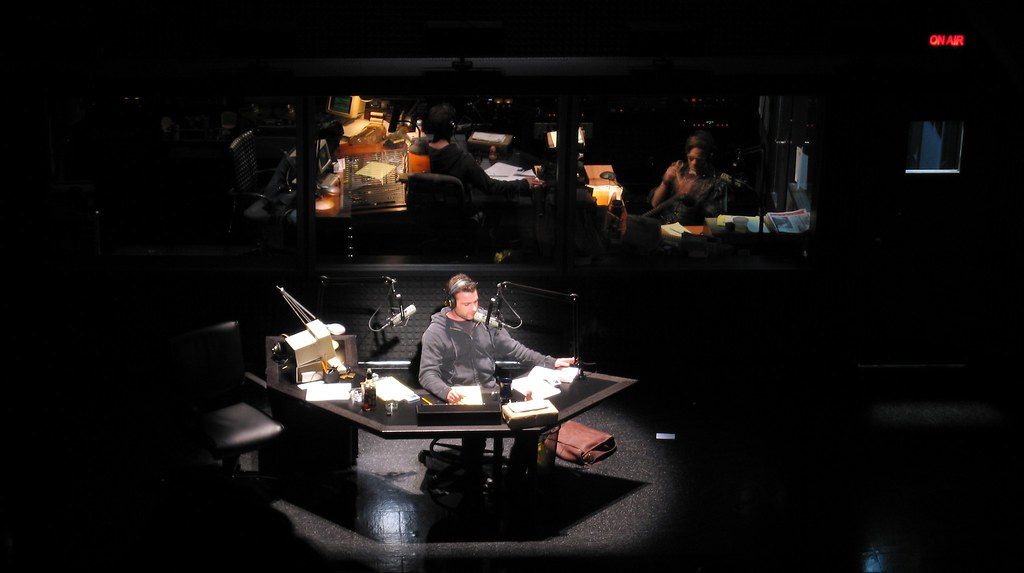
Thankfully, the response to our book was almost universally positive when it was published in 1998. Our message was clearly one that many people were desperate to hear after years of negativity and neglect. The book appeared at the very moment that the Radio Studies Network was formed in the UK, which quickly spread out around the world to unite radio scholars, educators and practitioners across the globe. It was a wonderful time to be teaching and researching radio.

In On Air, we tried to do as much as possible by including a historical timeline of the medium, identifying the unwritten protocols of using its codes and conventions, providing discussion and analysis of a range of genres, not just music and news but also drama, comedy and documentary, phone-ins and game shows. We adopted a wide-ranging theoretical approach to radio that explored different ways of thinking about radio and how audiences use it and relate to radio broadcasters.

The brief was to write a text book for A-level and undergraduate students but we wanted it to be much more than that and so created something that might appeal to a more general readership. I think we achieved it. We tried to strike a balance between theory and practice, so that while I wrote most of the theory and did a lot of the analytical stuff, Cindy concentrated on explaining how radio programmes are made and discussed examples and instances of radio from her own career working in Australia and Hong Kong. Yet it didn’t really work like that, as Cindy was full of ideas that went way beyond her own experience, while I was increasingly intrigued by how radio programmes are made and therefore drew extensively on practical guides and the insights of established professional broadcasters.
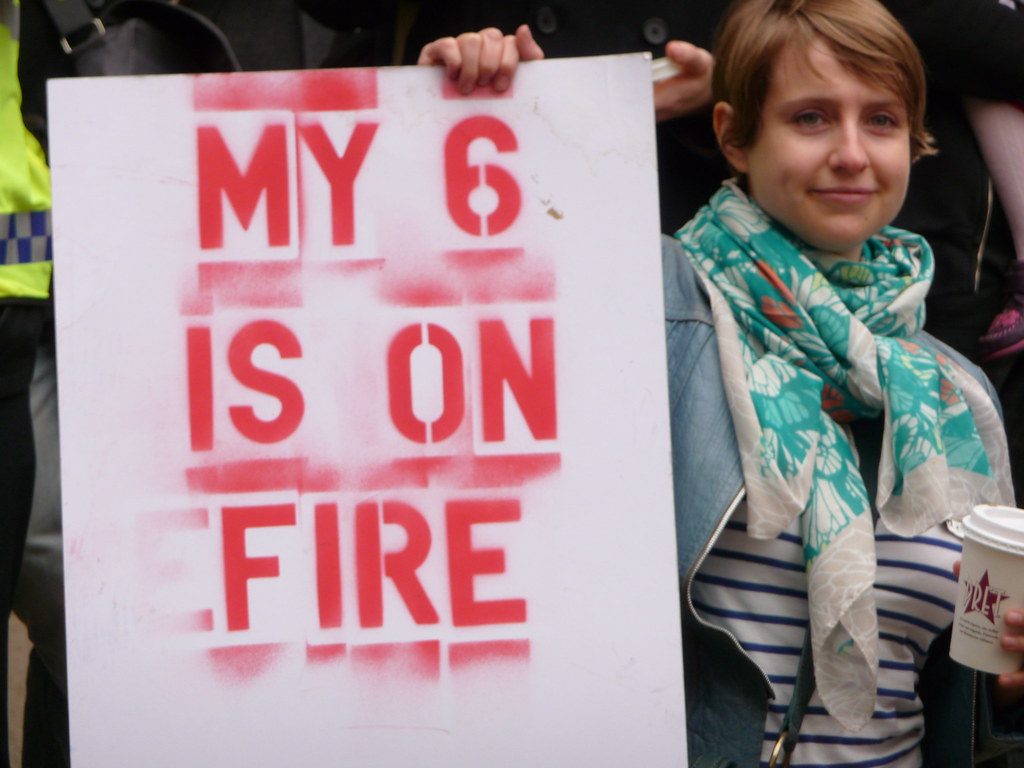
The book certainly made an impact and has been much quoted by other radio theorists around the world ever since, playing a decisive role in the formation of Radio Studies as an academic discipline.

Some extracts:
Radio is one of the world’s most pervasive mass media, reaching the most far-flung corners of the planet (even beyond it) and heard by millions of people every minute of every day. It is such an everyday and familiar aspect of modern life that most of us take it for granted and, in so doing, underestimate its power. Yet radio is a powerful cultural influence in the modern world and has an important role to play in the lives of millions of people. It is also a fascinating medium, flexible and versatile. It has a rich heritage, certainly, having played a very significant part in twentieth-century history; but it also has an exciting future before it. [page ix]
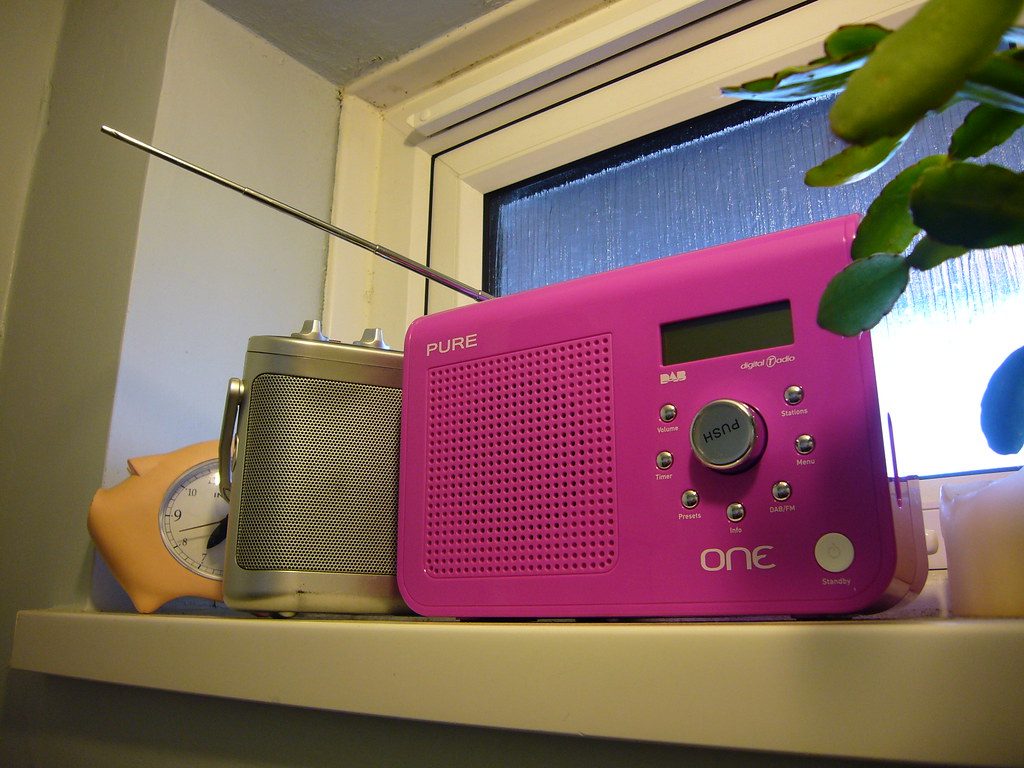
Speech may be the primary code of radio but, nevertheless, non-verbal codes, such as noise and music, are still integral to the medium. They evoke radio’s moods, emotions, atmospheres and environments. They provide a fuller picture and a richer texture. Without words, radio would be seriously disadvantaged, rendered obscure, ambiguous and virtually meaningless. Nevertheless, without noises and music radio would lack depth and detail, making it seem sterile, flat and unrealistic. It is therefore necessary to combine verbal and non-verbal sounds in order to provide listeners with an experience that is both meaningful and evocative. [page 51]

Noise and music are powerfully evocative forms, operating on our imaginations and our emotions. They resonate with associations, triggering emotional responses in us that lie beyond words (which could not easily be put into words). But if they are to provoke specific and meaningful responses in us they require words to anchor them, to harness and direct their potential to stimulate ideas and feelings, to enhance their significance (i.e., their ability to signify). [page 51]

Silence must be radio’s most underestimated and least understood code. Seemingly not a code at all, silence can actually be one of the medium’s most evocative. Those who use it, recognise its power and potential. [page 54].

‘Dead air’ is indeed absolute silence: it’s the term broadcasters use to describe the airwaves devoid of all sound. Dead air occurs frequently on the radio but only for the briefest of moments. [page 54] … But there is another kind of silence to be heard on the radio: silence which is not really silent at all. It is this silence which can be more expressive than words, which can echo with expectancy, atmosphere, suspense, emotional overtones and visual subtleties. It is the silence we think we hear when a speaker pauses for thought or when a character’s dialogue is momentarily arrested. Such moments are pregnant pauses. As such, they fill our minds with anticipation, expectation and wonder. [page 55]

Music is eminently suited to radio broadcasting. This is primarily because it requires no visual accompaniment. In fact, the most important things that are lost are the distractions which can interfere with our experience of it. The sight of the musicians or singers performing music is often a distraction and a hindrance to the enjoyment and appreciation of music itself. Often at a concert we have to look away from the performers or, better still, close our eyes to really hear the music. One of the advantages of radio is that it closes our eyes for us, focusing our attention on the product rather than the process of musical performance. Radio renders music more important than the performers and, consequently, enhances its elemental power. Add visuals to music and music itself becomes the accompaniment. The sovereignty of the eye over the ear makes this an inevitability. Only a medium that caters to the ear alone can prevent the performances or the visual accompaniment from diverting attention from the music, of robbing it of its power and its purity. [pages 61-62]

If all we want from the media is to give us something to occupy our eyes, no wonder film and television prove more popular and receive so much more in the way of critical (and academic) attention than radio. But what radio’s lowly status within the arts seems to obscure is the fact that both the power and pleasure of the medium derive in part of allowing, even encouraging, its audience to participate in the creation of its programmes, enabling them to create for themselves more personal and hence more affective, more meaningful images. [page 77]

This view of radio offers us an alternative way of understanding radio from the one which establishes it as a medium whose form is determined by an inherent need to disguise or compensate for its lack of visuals. This alternative view perceives radio as (despite appearances to the contrary) a visual medium: one that is informed by the visual world and speaks to (in most cases) an audience that is both visually aware and has a large stock of visual experiences and memories which can be drawn upon to make sense of radio programmes. What this conception of radio reveals is the extent to which visuals are actually the most dispensable element of any artistic, dramatic or communicative medium (because audiences can supply these themselves). What it also reveals is that the notion that radio is the most deficient medium is quite mistaken. [pages 77-78]
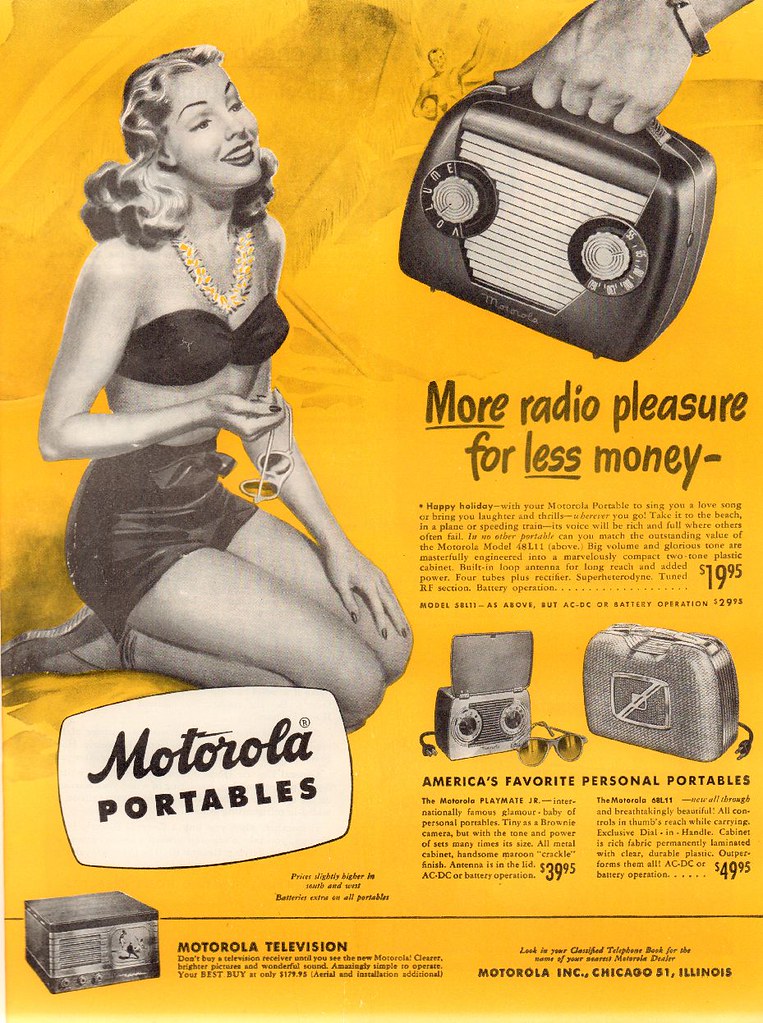
The intimate relationship between radio and its audience is not simply due to the fact that radio is a significant (if taken for granted) part of daily life, a companion (and something to talk to) in periods of solitude. It is also because radio offers numerous ways for listeners to respond and even interact with its output (e.g., phone-ins, letters, faxes, e-mail, helplines, etc.) and because it speaks to its audience as individuals rather than as a collective group, addressing its listeners as though they were involved in an act of two-way communication rather than simply a one-sided conversation. [page 117]

With the increasing fragmentation of the radio industry and the steady growth in competition, it has became essential (an economic necessity) from radio stations to target specific audiences, to ‘find a niche’, to achieve greater levels of listener loyalty. Attracting and retaining audiences is likely to become increasingly difficult the larger and more fragmentary the industry becomes. The drive towards intimacy and reciprocity would therefore seem to be part and parcel of radio’s future development and its longevity. As such, we can expect to see new ways of establishing closer and more intimate links between broadcasters and listeners in the future. [pages 117-118]

The radio station, its programmes and its presenters are instrumental in articulating the values which the listening community can most readily agree upon. At the same time, radio and, in particular, radio presenters make it easier for their listeners to accept a consensual view by a content flow of output which allows listeners little time to pause for thought, creating a listening situation which is therefore most conducive to agreement and acceptance. This process (i.e., ‘flow’) makes it easier for listeners to suspend their own thoughts and feelings and accept those broadcast over the airwaves and into their own personal spaces. [page 129]

Radio presenters therefore do not construct a consensual view and impose it on their listeners. What they do is present what they perceive to be the views shared by the station and the listening community in general, and then make it as easy as possible for individual listeners to comply with these views (despite whatever specific reservations they may have). This is clearly a considerable task confronting radio stations, and more so today as the competition (for audiences) increases and the industry fragments, serving more and more specific (or ‘target’) audiences. [Page 118]
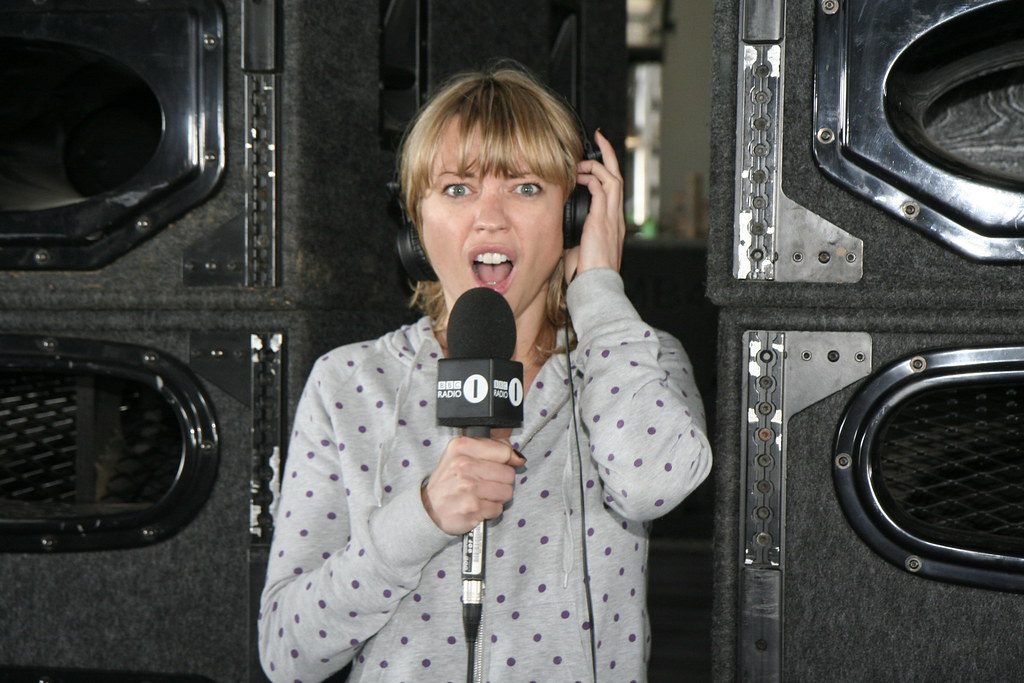
Throughout its history, radio has proved itself to be eminently adaptable to new social, economic and industrial circumstances. Voices have frequently been heard heralding the imminent demise of the medium in the face of competition from new forms of communication, mass information and entertainment. But radio has consistently reemerged stronger from periods of decline. [page xii]

Radio’s codes (speech, music, noise and silence) remain constant however much the technology, the industry and its regulatory policies change. But radio itself is always changing in order to meet the needs of an ever-changing audience. Ultimately, radio is shaped not by the technology that makes wireless communication possible, not even by industrial and institutional structures, but by those who tune in and listen. Their needs, desires, ideologies and habits ultimately determine the conventions of radio broadcasting more than any other factor and radio is in an almost constant state of redevelopment as it attempts to adapts itself to the most significant changes in modern society, to the ideals and lifestyles of those who like to listen to music, noise and speech. [pages xiii-xiv]


Be the first to write a comment.